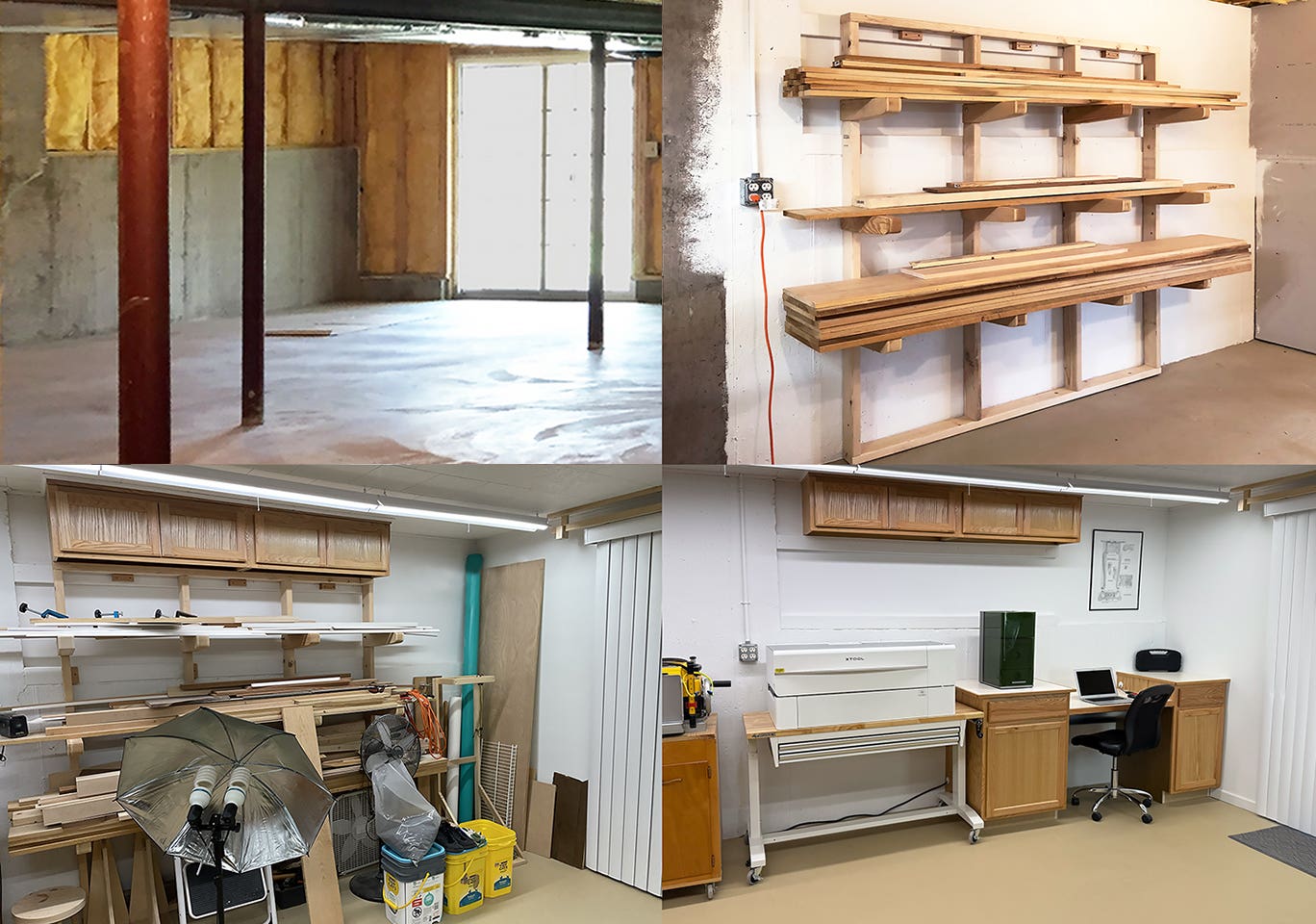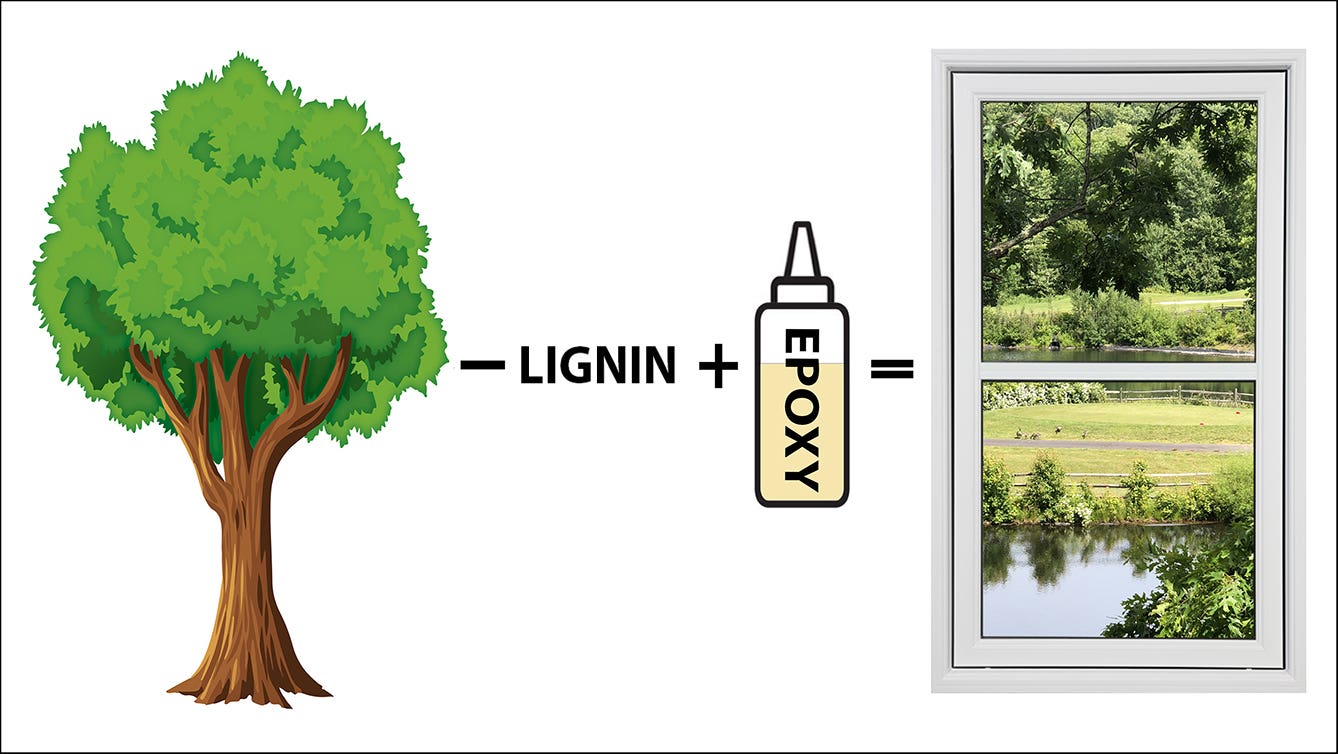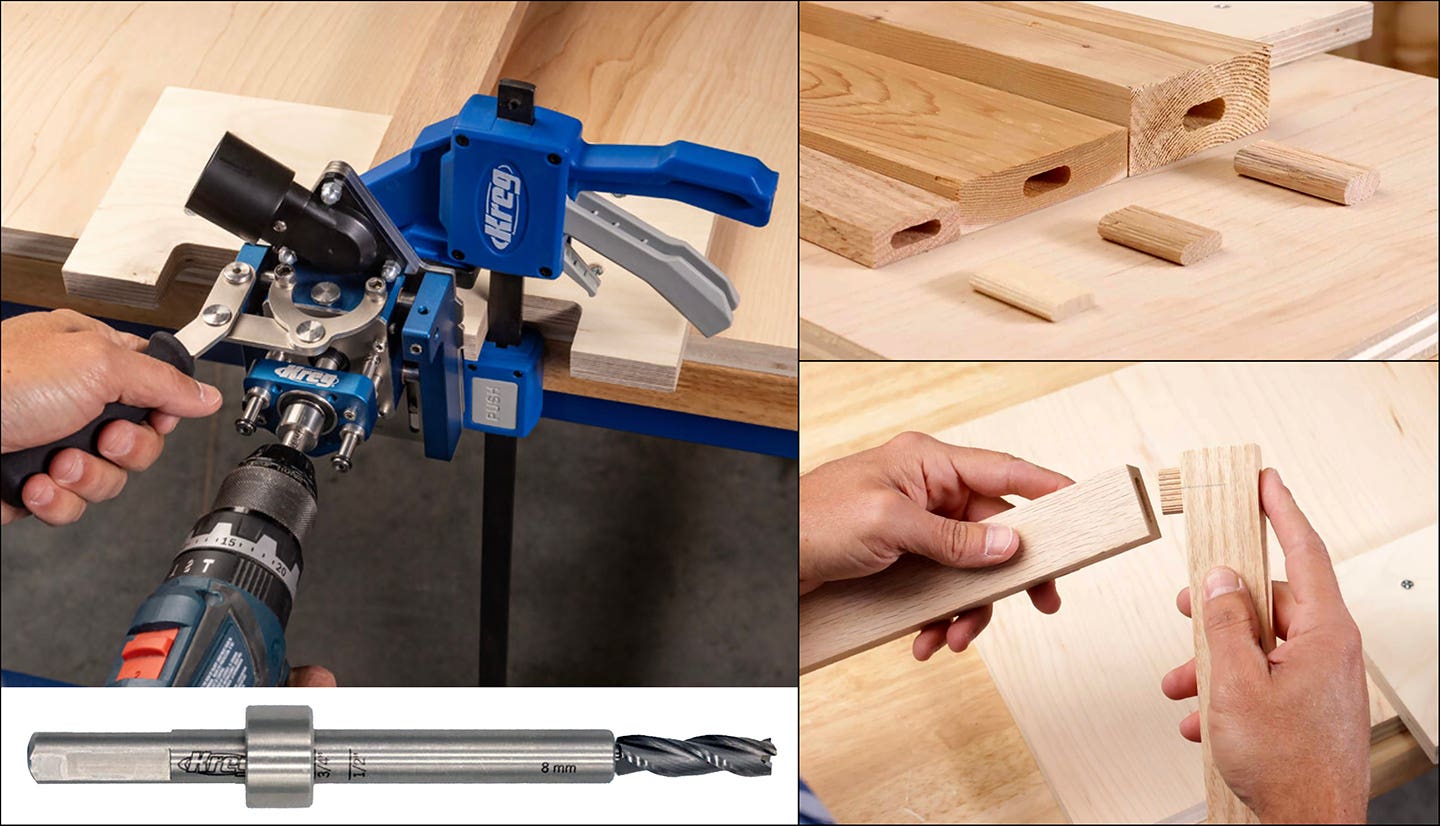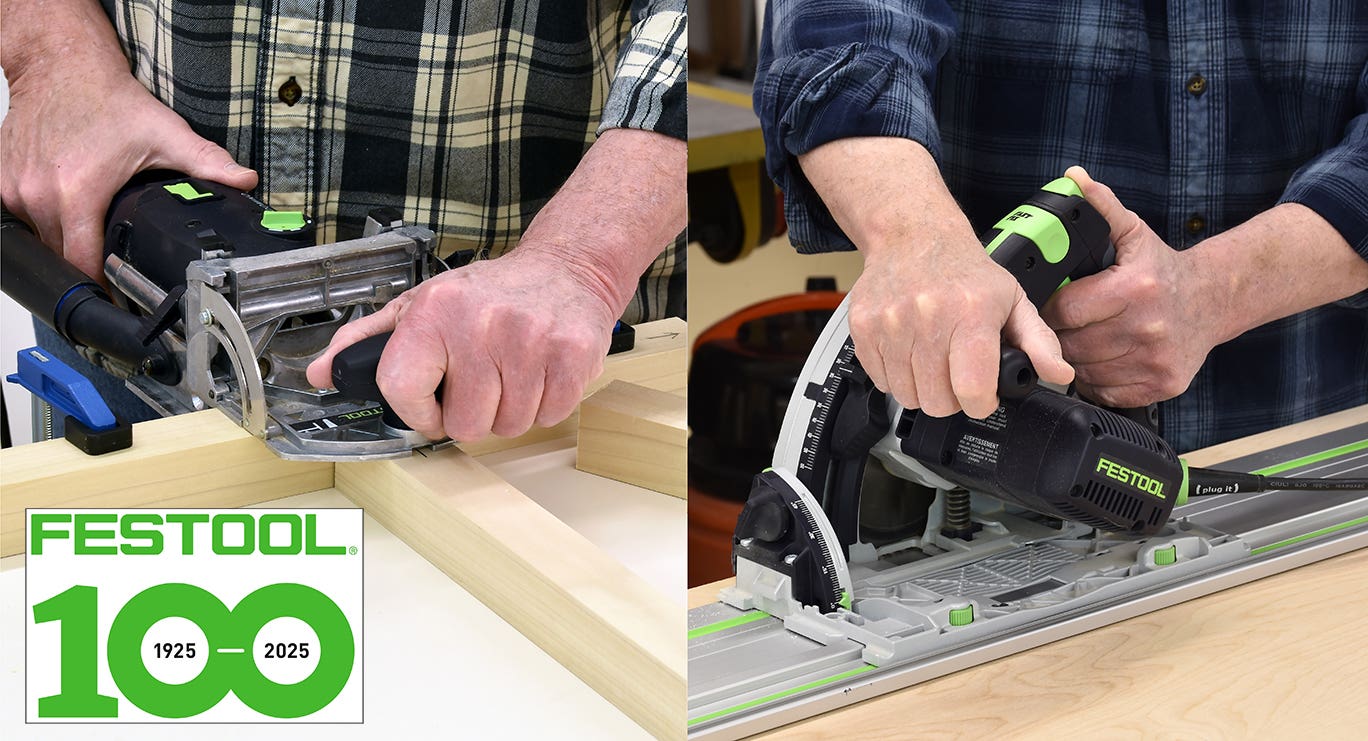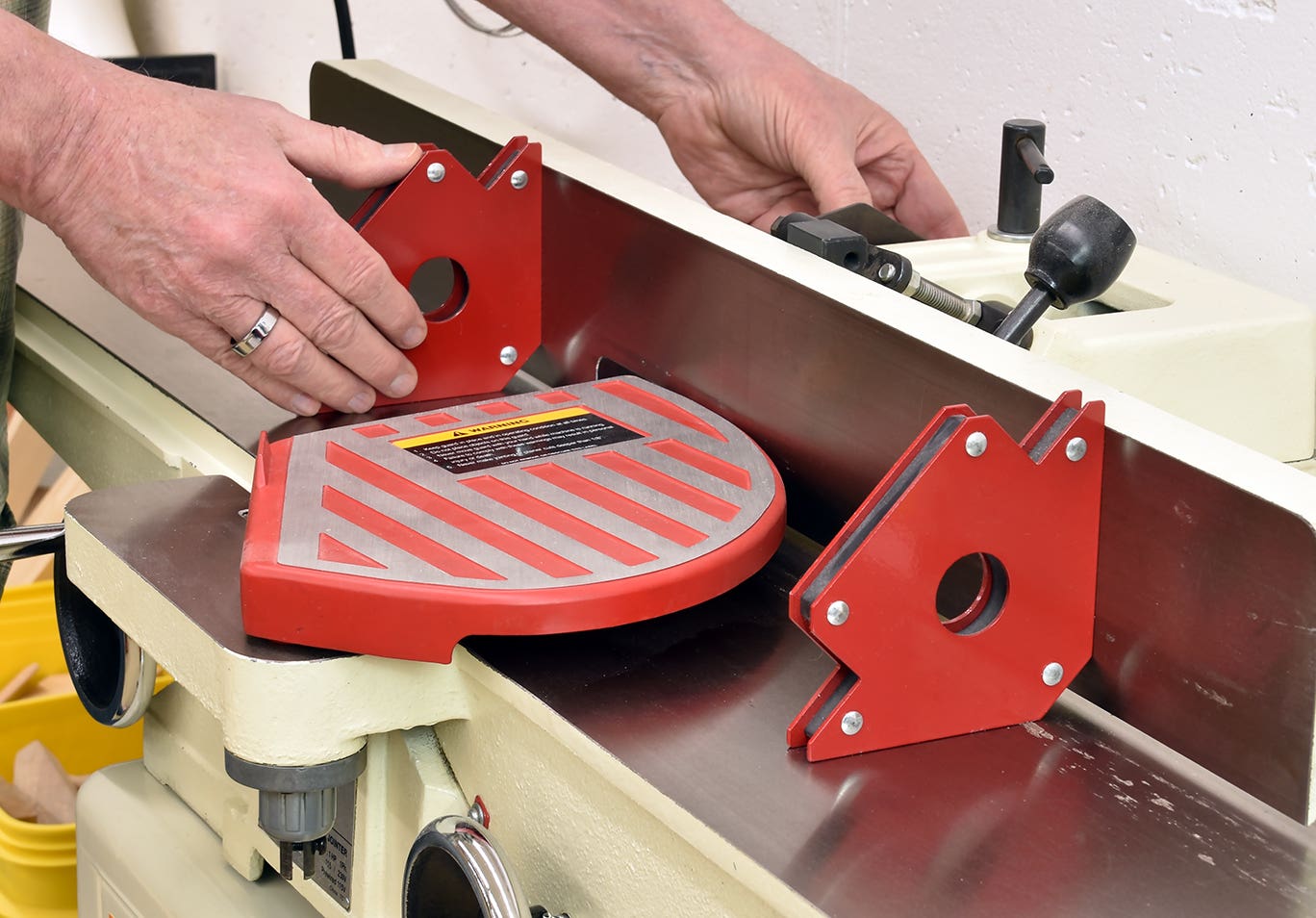For resistance, varnishes are tough to beat
When you use the term “varnish,” you’re probably referring to conversion varnish if you spray finishes. If you brush or wipe, you’re probably referring to one of the many varnishes…
When you use the term "varnish," you're probably referring to conversion varnish if you spray finishes. If you brush or wipe, you're probably referring to one of the many varnishes sold at home centers and paint stores.
{loadposition position10}
Conversion varnish, also called "catalyzed varnish," dries fast, so it almost has to be sprayed. The other varnishes dry very slowly, so it doesn't make much sense to spray them when you could instead use lacquer or a catalyzed finish and avoid dust and runs.
Though the various products that go by the name "varnish" may seem very different, there's actually a logic to the naming: They all dry hard and cross-link as they cure to produce an exceptionally protective and durable film.
Contrast varnish with oil, which doesn't dry hard, and with shellac, lacquer and most water-based finishes, which don't cross-link. Though you are losing the benefit of easier repair with a varnish, you are gaining much better resistance to moisture, scratches, heat, solvents and chemicals.
Let's look at each of the varnishes:
Conversion varnish is a fast-drying finish that comes in two parts: the finish and an acid catalyst you add to the finish just before spraying. The catalyst brings about the cross-linking. Conversion varnish is rarely available in paint stores or home centers. It's usually found only through specialized distributors or directly from manufacturers.
This is largely because it is a very "unfriendly" finish for non-professionals. In addition to knowing how to spray and tune and clean a spray gun, you have to be precise in the mixing of the two parts and accurate in the thickness of the coats you apply because too thick of a film (more than five mils) is likely to crack.
You also have to work in warm temperatures and have a good spray booth that exhausts all the overspray. In winter months, this means having adequate heated replacement air, which can be expensive to install and operate.
Moreover, despite following all the "rules" for applying the finish, things can (and often do) still go wrong, with the most common being wrinkling and poor bonding.
In return for all these negatives, you get an attractive and extremely durable result. This is the reason conversion varnish is commonly used on cabinets and office furniture, which have to stand up to a lot of abuse.
Alkyd varnish is the common varnish available at paint stores and home centers. It is meant for interior use and is made with alkyd resin and usually modified soybean oil, rather than linseed oil or tung oil, to reduce yellowing. Some varnishes are made with phenolic resin, but these are rare because phenolic resin yellows significantly more than alkyd resin.
Polyurethane varnish is a more recent type of varnish, originally marketed just for floors. But it is more common in stores now than alkyd varnish. It is made with both alkyd and polyurethane resins (more properly called "uralkyd"), and it is usually made with modified soybean oil so there is relatively little yellowing. Polyurethane varnish is more protective and durable than all the other varnishes except conversion varnish.
Spar varnish is meant for exterior use and is made with a higher ratio of oil to resin than interior varnish. This makes it more flexible to withstand the greater wood movement outdoors.
Marine (boat) varnish is spar varnish with ultraviolet-light absorbers added to resist penetration by UV rays. Many marine varnishes are made with phenolic or polyurethane resin and tung oil because these provide the best resistance to water.
There is a big difference in the amount of UV absorbers added to products labeled or marketed as "marine" varnish. The products sold in home centers and most paint stores have very little absorber added, so they are only a little more effective against sunlight than common spar varnish. The marine varnishes sold in boat marinas are far more effective against UV light. They are also more expensive.
Wiping varnish is a term I coined about 20 years ago to categorize a group of finishes that are sold under different names, but are all the same - alkyd or polyurethane varnish thinned about half with mineral spirits so they are easy to wipe on and off wood. This finish is the most popular wood finish with amateurs because of its ease of application and excellent protective, durable, and dust- and run-free results.
Examples of commercial brands of wiping varnish are Wipe-On Poly, Seal-a-Cell, Waterlox, Profin and most brands of "tung oil" not specifically labeled 100 percent tung oil. If you're not sure what you're buying, just make your own by thinning any commercial brand of alkyd or polyurethane varnish. Add less than half thinner to achieve more build per coat. Add more than half thinner to improve flow and leveling.
Salad bowl finish has had a long run as a popular finish, especially with wood turners, because of 20 years of fear created in woodworking magazines regarding the safety of clear finishes from which to eat off. In fact, salad bowl finish is simply wiping varnish made with the same ingredients - including metallic driers - that are included in all varnishes. The implication in the name that other finishes aren't safe has merely reinforced the misunderstanding created by the magazine articles.
Wood conditioner (or "stain controller") is the varnish equivalent of a nitrocellulose or vinyl-sealer washcoat you may use to reduce blotching or within multistep finishes to separate coloring steps. Wood conditioner is varnish-thinned with about two parts mineral spirits to produce approximately the same 10 percent solids content you might use for washcoats.
Unfortunately, it has become commonplace to think of wood conditioner as necessary to somehow "condition" the wood and this has led to its overuse among amateurs. Also, unfortunately, directions on the cans to apply a stain within two hours lead to unsatisfactory results because the thinned varnish has to be allowed to dry thoroughly to be effective. This usually requires six to eight hours.
Gel varnish is alkyd or polyurethane varnish made into a thick gel consistency similar to clear glaze so it doesn't run on vertical surfaces. Because gel varnish doesn't level on its own, most or all of the excess has to be wiped off after each application to get a level result. In this sense, gel varnish is similar to wiping varnish, but with the difference that gel varnish produces a satin sheen, while wiping varnish produces a gloss.
Because gel varnish is less resistant to water than wiping varnish, it's often wise to apply several coats of wiping varnish before finally achieving the satin sheen with topcoats of gel varnish. Apply the gel varnish after steel-wooling the wiping varnish to remove the gloss.
There are significant differences in the varnishes listed, but they all have one thing in common: they all cross-link to produce a hard, durable film that can be built up in several coats to be very resistant to moisture penetration.
Bob Flexner is author of "Understanding Wood Finishing."
This article originally appeared in the May 2010 issue.


